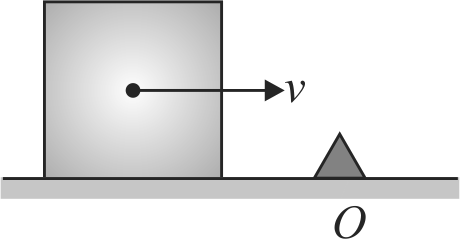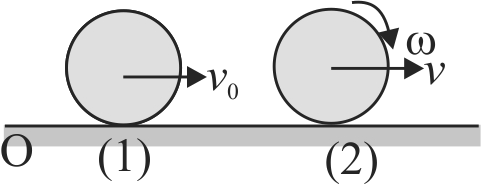365689 A ring of mass \(\mathrm{M}\) and radius \(\mathrm{R}\) is rotating about its axis with angular velocity \(\omega\). Two identical bodies each of mass \(m\) are now gently attached at the two ends of diameter of the ring. Because of this, the kinetic energy loss will be:
365689 A ring of mass \(\mathrm{M}\) and radius \(\mathrm{R}\) is rotating about its axis with angular velocity \(\omega\). Two identical bodies each of mass \(m\) are now gently attached at the two ends of diameter of the ring. Because of this, the kinetic energy loss will be:
365689 A ring of mass \(\mathrm{M}\) and radius \(\mathrm{R}\) is rotating about its axis with angular velocity \(\omega\). Two identical bodies each of mass \(m\) are now gently attached at the two ends of diameter of the ring. Because of this, the kinetic energy loss will be:
365689 A ring of mass \(\mathrm{M}\) and radius \(\mathrm{R}\) is rotating about its axis with angular velocity \(\omega\). Two identical bodies each of mass \(m\) are now gently attached at the two ends of diameter of the ring. Because of this, the kinetic energy loss will be:
365689 A ring of mass \(\mathrm{M}\) and radius \(\mathrm{R}\) is rotating about its axis with angular velocity \(\omega\). Two identical bodies each of mass \(m\) are now gently attached at the two ends of diameter of the ring. Because of this, the kinetic energy loss will be:

